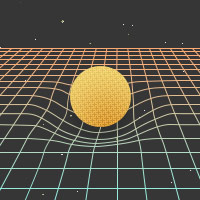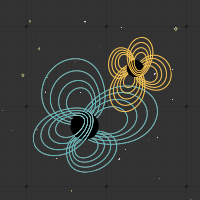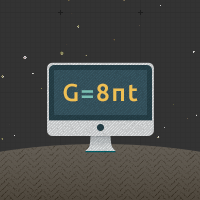Simulations - Highlights
On this page we highlight some particularly interesting simulations, though this is by no means a complete list.
Links for SpEC simulations
Looking for table of SPAWN runs? try the link below:
SpEC Simulations used to study general-relativistic field momentum, tendexes, and vortexes
- Head on Collision of Black Holes with Transverse Spins
- Inspiralling Collision of Black Holes with Anti-aligned Spins
- "Extreme-Kick" Inspiral: Anti-aligned Spins in the Orbital Plane
Numerically generated gravitational waveforms
Equal-mass zero-spin binary: 15-orbit inspiral
The 15-orbit inspiral waveform presented in the paper Boyle et al., Phys Rev. D 76, 124038 (2007) can be found in this file.
This is an ordinary text file containing \(r*m*\Psi_4^{22}\) versus (retarded) time. Here \(r\) is the radius, \(m\) is the total irreducible mass as defined in our paper, and \(\Psi_4^{22}\) is the \(l=2\), \(m=2\) component of the Newman-Penrose quantity \(\Psi_4\) as measured by an observer at infinity. This is the highest-quality extrapolated-to-infinity numerical waveform underlying all our results in Section VI of the paper. The file contains some comments at the top (starting with a '#' character), and then three columns of numbers. If we write \(r*m*\Psi_4^{22} = A^{-i \phi}\), then the columns in the file are \(\frac{t-r^\star}{m}\), \(\phi\), and \(A\). The overall phase offset and time offset are arbitrary.
Permission to use this waveform is granted as long as the user acknowleges the source of the waveform and cites the paper Boyle et al., Phys Rev. D 76, 124038 (2007). (This paper can also be found here.)
Equal-mass zero-spin binary: 16 orbits+merger+ringdown
The 16-orbit Psi4 waveform for a zero-spin equal mass binary, as presented in the paper Scheel et al., Phys Rev. D 79, 024003 (2009) can be found in this file.
This is an ordinary text file containing \(r*m*\Psi_4^{22}\) versus (retarded) time. Here \(r\) is the radius, \(m\) is the total initial irreducible mass as defined in our paper, and \(\Psi_4^{22}\) is the \(l=2\), \(m=2\) component of the Newman-Penrose quantity \(\Psi_4\) as measured by an observer at infinity. The file contains some comments at the top (starting with a '#' character), and then three columns of numbers:\(\frac{t-r^\star}{m}\), \(Re(r*m*\Psi_4^{22})\), and \(Im(r*m*\Psi_4^{22})\). The overall time shift and phase shift are arbitrary. This waveform corresponds to the highest-resolution (30c/N6 in the paper) \(\Psi_4\) waveform, extrapolated to infinity (using extrapolation order \(n=3\)). This is the same waveform shown in Fig. 11 in the paper.
Permission to use this waveform is granted as long as the user acknowleges the source of the waveform and cites the paper Scheel et al., Phys Rev. D 79, 024003 (2009) (This paper can also be found here).






